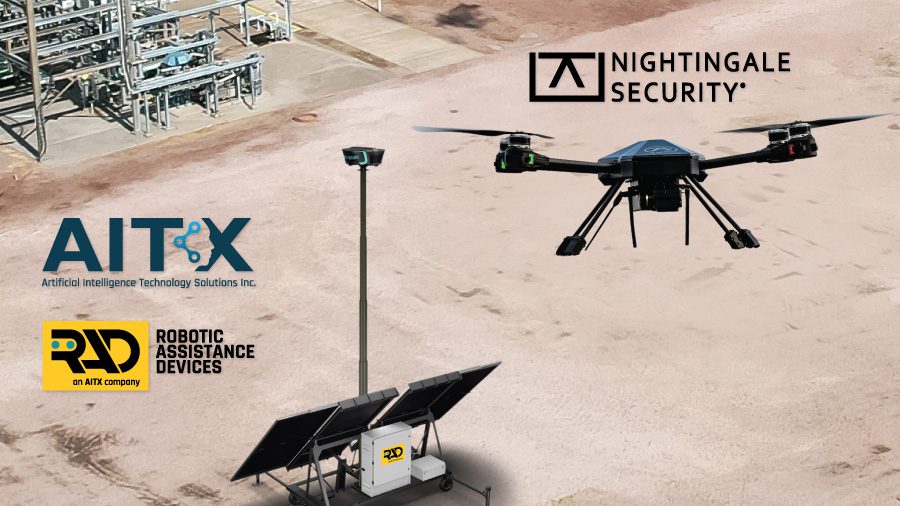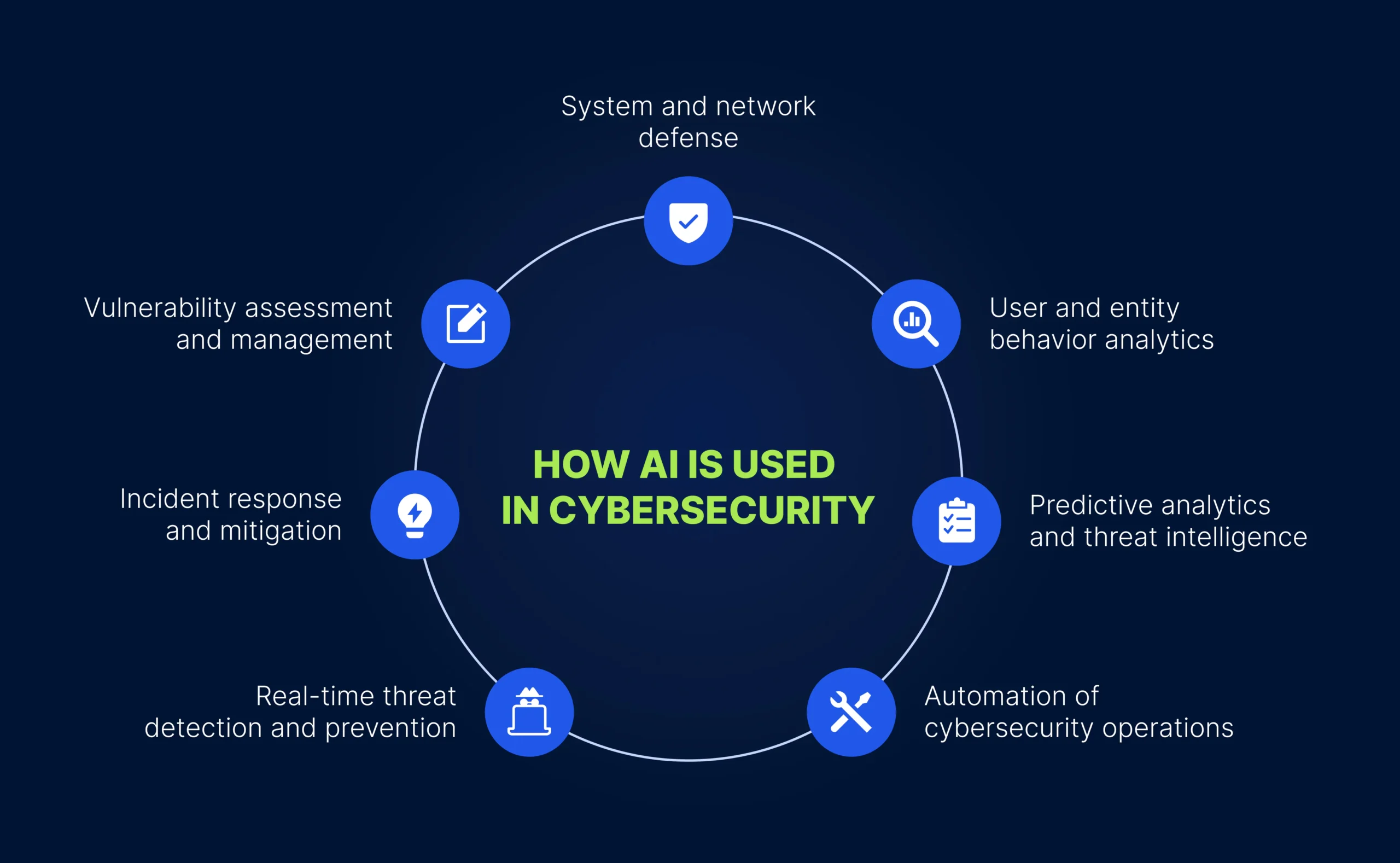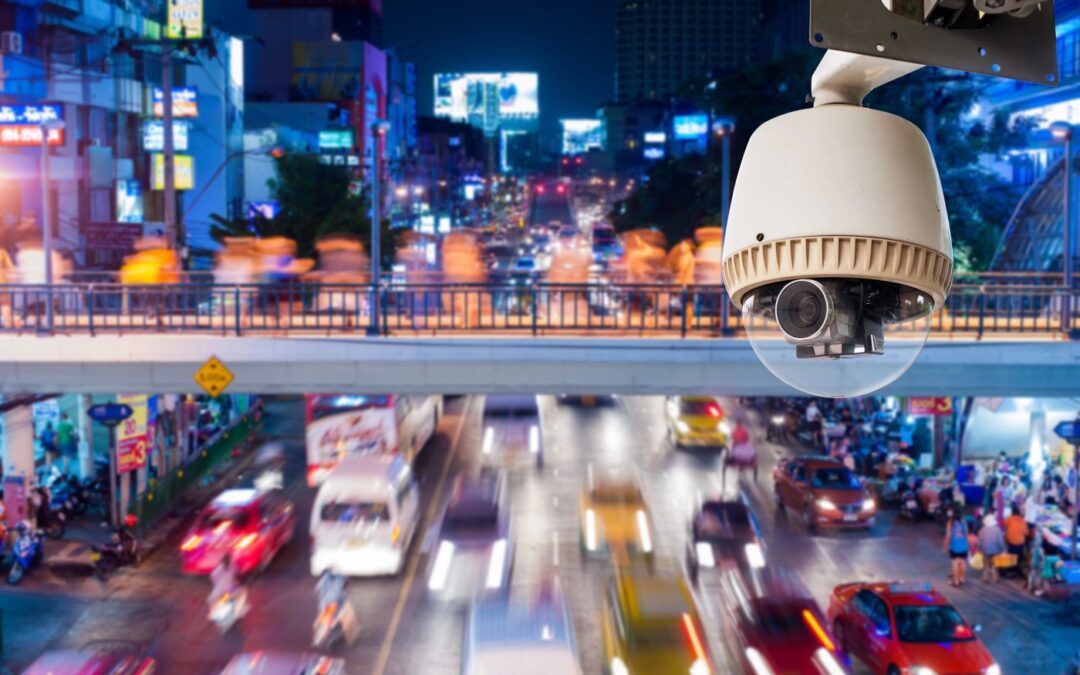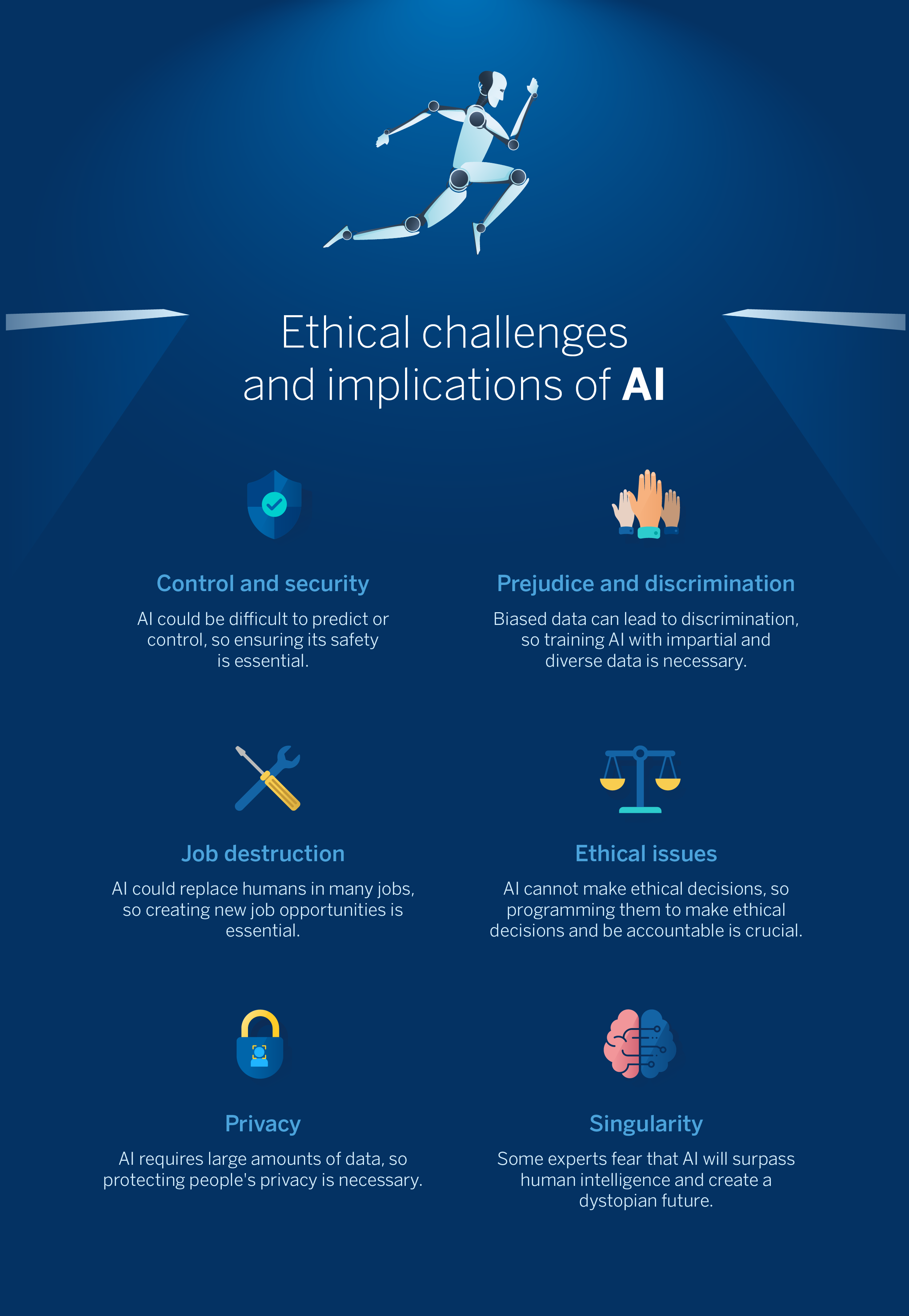As we approach 2025, AI camera systems are poised to revolutionize surveillance technology with advanced features like real-time threat detection, predictive analytics, and seamless integration with other smart devices. According to industry experts, these intelligent systems will leverage 5G connectivity, edge computing, and sophisticated machine learning algorithms to provide unprecedented levels of security and situational awareness.
Autonomous Surveillance Drones

Autonomous surveillance drones are emerging as a powerful tool for enhancing security and situational awareness. These unmanned aerial vehicles can perform routine patrols, respond to alarms, and provide real-time aerial footage without human intervention. Equipped with advanced AI and computer vision capabilities, these drones can detect intruders, monitor perimeters, and even track suspicious objects or individuals. Many systems feature “drone-in-a-box” solutions that allow for 24/7 operation, with drones automatically returning to charging stations between missions. The integration of thermal cameras and obstacle avoidance technology enables these drones to operate effectively in various weather conditions and complex environments. As the technology matures, autonomous drones are becoming increasingly adopted by industries ranging from critical infrastructure protection to event security, offering a cost-effective and flexible alternative to traditional surveillance methods.
Predictive Analytics for Threat Detection

Predictive analytics is emerging as a powerful tool for enhancing cybersecurity and threat detection capabilities. By leveraging machine learning algorithms and big data analysis, predictive analytics can identify patterns and anomalies in network traffic, user behavior, and system logs to anticipate potential security threats before they materialize. This proactive approach enables organizations to shift from reactive to preventative security strategies, improving incident response times and reducing the risk of successful attacks. Predictive models analyze historical data to detect complex relationships and patterns that humans might miss, allowing security teams to prioritize threats and allocate resources more effectively. As these systems continuously learn and adapt, their accuracy in predicting emerging threats improves over time, providing valuable insights for decision-making and risk mitigation in an ever-evolving threat landscape.
Ethical Considerations in AI Surveillance
Ethical considerations in AI surveillance are becoming increasingly important as these technologies advance. Key concerns include privacy infringement, potential bias in facial recognition systems, and the risk of data misuse. Experts emphasize the need for transparency and accountability in AI surveillance deployment, with clear guidelines on data collection and usage. There’s a delicate balance to strike between enhancing public safety and protecting individual rights. Fairness in AI algorithms is crucial to prevent discrimination against certain groups. Additionally, obtaining informed consent and minimizing data retention are recommended practices to address privacy concerns. As AI surveillance capabilities grow, ongoing public discourse and robust regulatory frameworks are essential to ensure these technologies are used responsibly and ethically.


